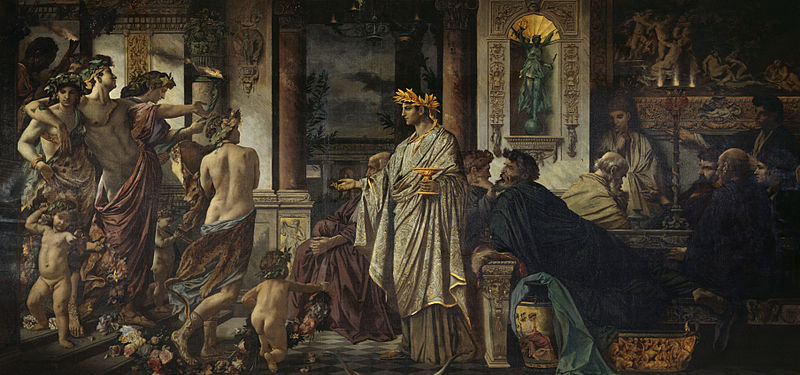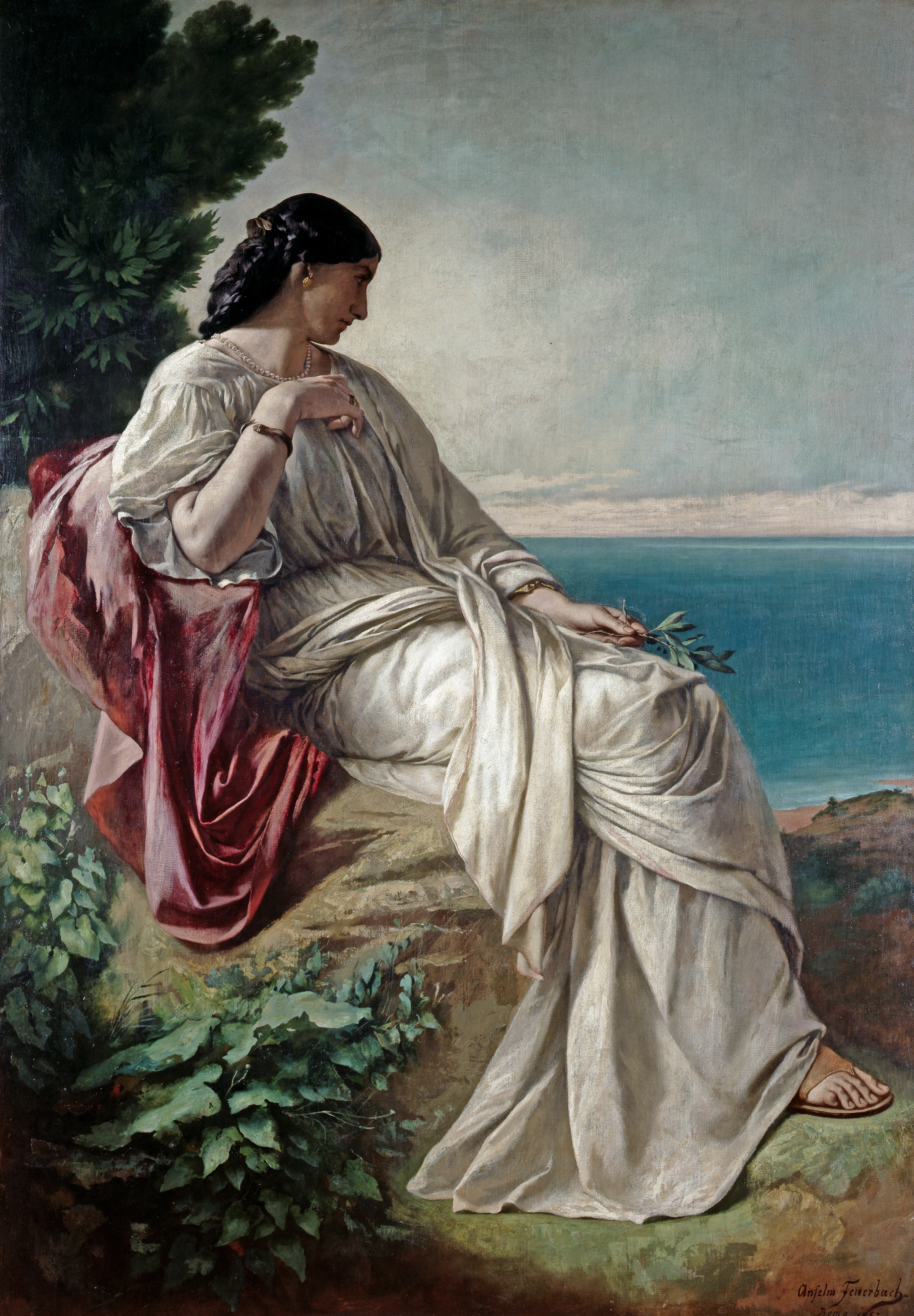Vienna
(English)/Videň (Czech)/Becs (Hungarian)
These days, Vienna is known as the capital and the largest city among nine states of
Austria. Also it is often called the city of music because a lot of great musicians have lived and performed in Vienna: Mozart, Beethoven, Strauss, Schubert, and Brahms...
At first, it
was settled by Celts BC 500. After them, the Romans set up a military camp,
called Vindobona. It was placed where the core of the city is now.
 |
| Roman Vindobona |
Later, the city has been taken by many other families or dynasties, and they have reigned the city through over a thousand years.
Heiliges Römisches Reich, Babenberg
family, Habsburg dynasty, Turkish military, Napoleon (1805 and 1909) and so on.
After Napoleon's first seizing, a congress of Vienna held in 1819 and it was conducted by "big four" :Britain, Russia, Prussia, and Austria. It was held in order to forge a balanced power in Europe countries. (The congress was the model for other organizations later such as United Nation.)
Before Brahms moved to Vienna, the city expanded beyond the first municipal District of Vienna: The Innere Stadt in 1850. Then, following the former “city wall”, the Ringstraße was built in 1858, which was a circular road surrounding the Innere Stadt. (Most sights are on the Ringstraße these days.)
 |
Ringstraße in Vien |
In 1862, Brahms went to Vienna for the first time and spent the winter time there.
In the next year, he moved to Vienna and spent the rest of his life. Major works of Brahms
were written in Vienna.
Vienna State Opera house was built in 1869 and the next year, in 1870, the Wiener Musikverein was inaugurated. The Wiener Musikverein is a concert hall that is considered as one of the finest
concert halls in the world along with Boston’s Symphony Hall, and Berlin’s
Konzerthaus. Two years later inauguration of the hall, Brahms was
assigned as the conductor of the hall from 1972 to 1875. After this, he
accepted no more formal position.
 |
| Wiener Musikverein |
Brahms was buried in the largest cemetery in the world, Zentralfriedhof in 1897.



